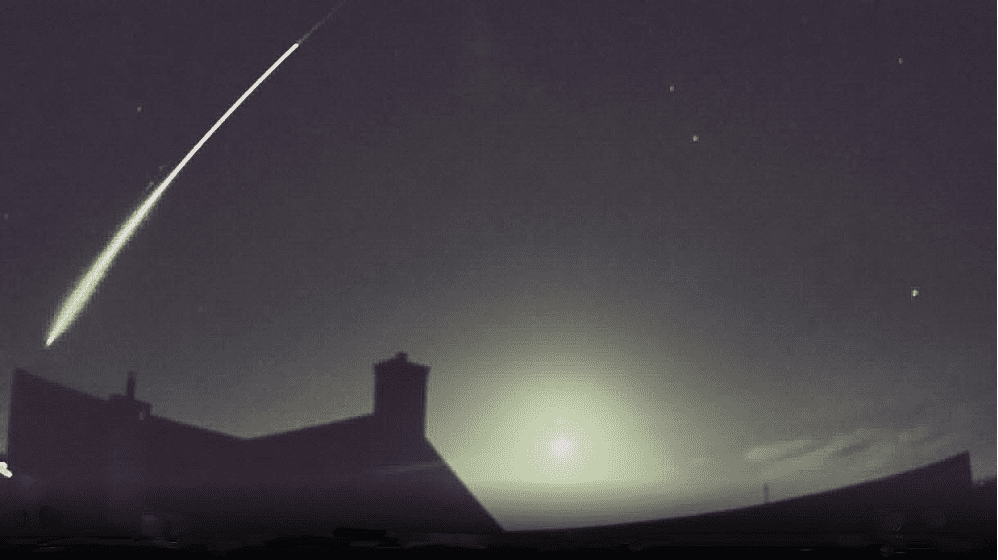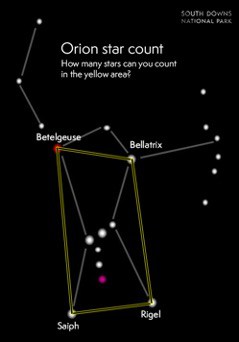Richard Miles, Dark Skies Adviser for Dorset CPRE, was chatting with fellow astronomers over a coffee – all missing the fireball shooting overhead!

Have you been tucked up safe and warm at home these long dark winter nights? I have for the most part, but occasionally – when a cold, clear, crisp evening presents itself – I will venture out for a little stargazing. Staying indoors with curtains drawn will guarantee I’ll miss what’s going on every night overhead!
The night sky is a busy place, partly thanks to all the artificial satellites that glide silently by, looking like stars in search of a new constellation until they disappear from view in the earth’s shadow.
One of the most spectacular sights is that of a bright meteor, or fireball, as it bursts into view for a few seconds, soon to vanish after hitting our upper atmosphere and burning up more than 50 miles high.
Bright fireballs appear every few nights but most go unreported. One exception occurred over the Blackmore Vale on the evening of 9th January 2023. More than 200 people across the country reported it to the International Meteor Organization.
As this bright meteor burst into view, I was sitting indoors chatting with some astronomer friends, oblivious to what had passed overhead! Fortunately my colleague John Savage operates an all-sky meteor video camera, which secured a view of its trail.
Go stargazing
If you hope to see a fireball then try venturing outside for a bit of stargazing. GoStargazing is great for finding stargazing venues – we advertise our own Cerne Abbas events on there. I also refer you to Rob Nolan’s piece on the next page where he gives details of what is visible in the night sky this month, including a new comet with the unwieldy name of comet C/2022 E3 (ZTF) that passed about 10 degrees from the Pole Star on 31st January. It is now heading south towards the constellation of Taurus, and will best be seen in a NW direction around 6.30pm on 7th February, before the brilliant moon rises.
I should add that fireballs have to be extremely bright for them to produce meteorites that hit the ground. Given the odds of many billions to one against, there is no danger of being hit by such an object or any other ‘UFO’ for that matter!
Do always wear plenty of warm clothing, take a Thermos flask with a hot drink in it and watch how you go at night by using a torch when needed.
Wishing you clear skies!

Report your light pollution
You may have seen the report last month on the BBC website about an increase in light pollution. Monitoring our night skies is important; consider taking part in Star Count 2023. Organised by Emma Marrington, it is the CPRE annual citizen science project to map the nation’s view of the night sky and monitor the impact of light pollution across the country. It’s easy to take part, whether you live in town or country: just look to the night sky between 17th and 24th February and see how many stars you can see in the constellation of Orion.
Then enter your postcode and report the star count for your location on the CPRE website.



